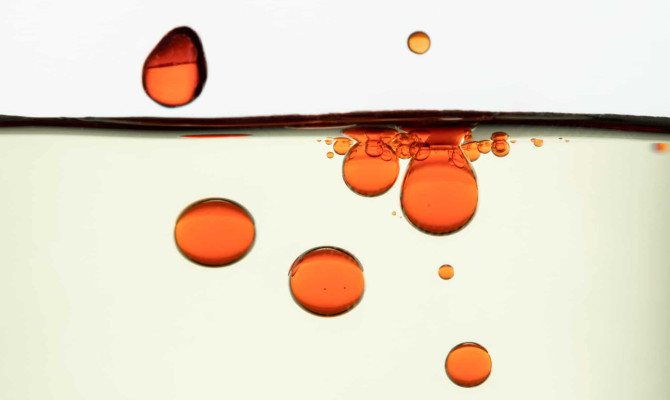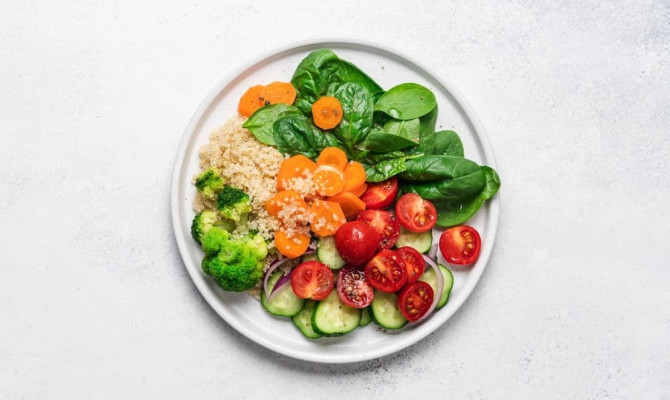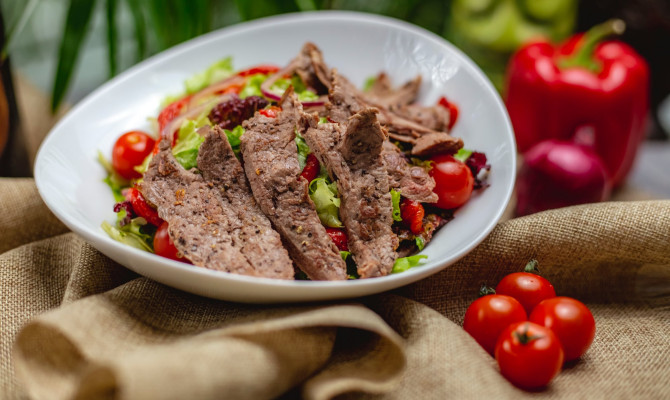Fiber: What do I need to know?

- Fiber
- 16 Aug 2023
Overview
What are dietary fiber ?
The indigestible components of plant food that pass through our digestive tract, absorbing water and giving the stool bulk, are called dietary fiber, also known as roughage or bulk. Fiber cannot be digested and absorbed by the body like other nutrients like lipids, proteins, and carbs. Thus it moves through the digestive system primarily undamaged.
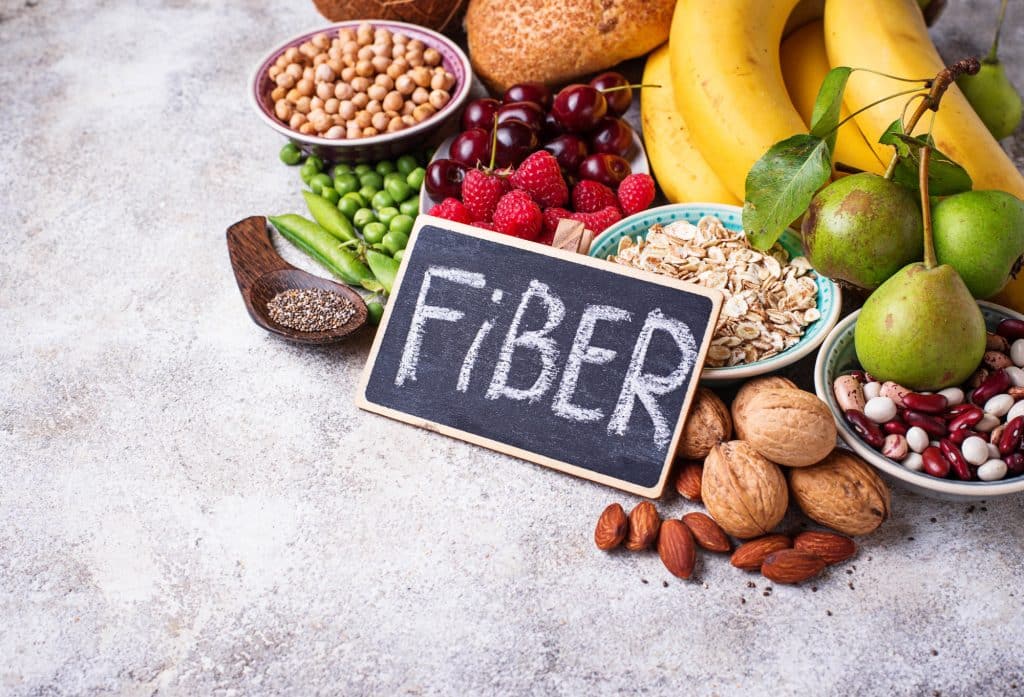
Facts
Facts to know about fiber
- In concept, fiber is not a nutrient. Unlike other nutrients, it typically makes its way through the digestive system intact.
- The required quantity of fiber is less than half what an average American eats.
- Constipation can be an adverse effect of overeating fiber.
- Foods might lose some of their fiber content while cooking.
- Fiber can make you feel satiated and full2Facts | Researched based study from Nlm.nih.gov
Benefits
Benefits of having fiber in the diet
It is crucial for a healthy, balanced diet and is vital in sustaining good health. Here are some reasons why fiber is essential:
Promotes good digestive health
- Fiber facilitates regular bowel movements and aids in the prevention of constipation by giving the stool greater volume. Additionally, it can aid in preventing diverticulitis and hemorrhoids.
Lowers the likelihood of developing chronic disorders
- People who consume adequate fiber have a lower chance of developing a number of chronic diseases, such as heart disease, stroke, diabetes, and some types of cancer.2Significance | Researched based study from Nlm.nih.gov
Helps with weight management
- Foods high in fiber are frequently low in calories and can increase feelings of fullness and satisfaction, making it simpler to control your weight.
- High-fiber foods also take longer to digest, which helps prevent overeating.
Enhances the gut microbiome
- Fiber nourishes the good bacteria in the gut, which may improve immunological performance and general health.
Increases longevity
- According to studies, consuming more fiber is linked to living longer.8Significance | Researched based study from Nlm.nih.gov
Types
Types of dietary fiber
Soluble fiber
Soluble fiber dissolves into water and a gel-like substance, which can hamper the passage of food through the digestive tract.4Types| Researched based study from Cdc.gov
Benefits of soluble fiber include:
Lowering the amount of cholesterol
- To lower cholesterol levels, soluble fiber can bind to cholesterol in the gut and stop it from entering the bloodstream.
Controlling blood glucose levels
- It can reduce the rate at which glucose is absorbed, regulating blood sugar levels and reducing spikes.
Promoting digestive regularity
- It promotes regular bowel movements and softens feces.4Types| Researched based study from Cdc.gov
Insoluble fiber
It gives the stool volume and does not break down in the water. Foods including wheat bran, whole grains, nuts, and various fruits and vegetables include this type of fiber. It helps with
- Preventing constipation
- Aiding in digestion
- Maintaining intestinal health.4Types| Researched based study from Cdc.gov
Sources
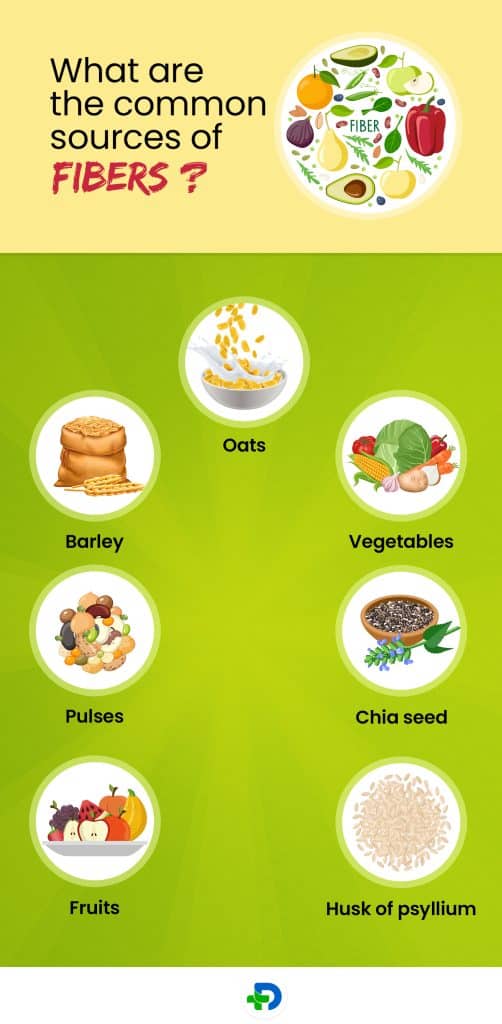
What are the common sources of fibers ?
Food sources
Soluble fiber can be obtained from
Oats
- One of the most significant sources of soluble fiber.
- Oats cooked in a cup have 4 grams of fiber. Making muesli or including it in smoothies can help with your morning routine.6Sources| Researched based study from Nlm.nih.gov
Barley
- Another great source is barley. Three grams of fiber are present in one cup of boiled barley. Barley can be used in salads, stews, and soups.
Pulses
- Beans, lentils, and peas are examples of legumes that are excellent sources of soluble and insoluble fiber.
- Lentils cooked in one cup provide 4 grams of fiber.
Fruits
- Several fruits, such as apples, pears, strawberries, and blueberries, are suitable suppliers.
- 2-3 grams of fiber can be obtained from a medium-sized apple.6Sources| Researched based study from Nlm.nih.gov
Vegetables
- Carrots, sweet potatoes, and Brussels sprouts are all excellent sources.
- Cooked sprouts in a cup give 2 grams of fiber
Chia seed
- They are a rich source, with 5 grams’ fiber in one tablespoon. Chia seeds can be used for milkshakes, drinks, yogurt, and muesli and yogurt.6Sources| Researched based study from Nlm.nih.gov
Husk of psyllium
- This plant-based supplement can be used as a supplement or in smoothies or muesli to increase intake.
Sources of insoluble fiber
- Whole grain bread, pasta, and cereals
- Wheat bran
- Vegetables such as broccoli, cauliflower
- Fruit skins of apples, pears, and plums.
- Almonds, walnuts, flaxseeds, and chia seeds
- Lentils, chickpeas, and kidney beans.3Sources| Researched based study from Nlm.nih.gov
Dosage
Recommended intake of fibers
Depending on factors including age, gender, and general health, the amount varies. The following are the guidelines for consuming fiber:6Dosage| Researched based study from Nlm.nih.gov
Adults (18-50 years)
- Adult men: 38 grams/day
- Adult women: 25 grams/ day.
Adults (50 years and older)
- Men: 30 grams/ day
- Women: 21 grams/day
Teens (14-18 years)
- Boys: 38 grams/day
- Girls: 26 grams/day
- Children (4-8 years): 25 grams/day
- Children (9-13 years): 26-31 grams/day.6Dosage| Researched based study from Nlm.nih.gov
Deficiency
What to expect if you have fiber deficiency?
Constipation
- Constipation is among the most typical effects of a fiber deficiency. It can become challenging to evacuate bowel movements without enough fiber to add volume to the stool, resulting in discomfort and bloating.5Deficiency| Researched based study from Nlm.nih.gov
The likelihood of heart disease
- The risk of developing heart disease may rise with insufficient fiber in the diet.
Gaining weight
- High-fiber foods tend to be more whole, aiding weight management.
- Increased hunger and overeating may result from a fiber deficiency.
Diabetes risk on the rise
- It has been demonstrated that high-fiber diets can control blood sugar levels and lower the risk of type 2 diabetes. The likelihood of developing the disease rises in a lack of fiber.5Deficiency| Researched based study from Nlm.nih.gov
Digestive disorders
- Increased risk of hemorrhoids, and irritable bowel syndrome (IBS).
Elevated risk of some malignancies
- Diets high in fiber have been linked to a lower incidence of breast and colon cancer, among other cancers.5Deficiency| Researched based study from Nlm.nih.go
Symptoms of deficiency
- Constipation
- Uneasy stomach
- Bloating, cramping.
- Increased appetite
- High levels of cholesterol
- Dry, hard stools
- Inconsistent and irregular bowel motions.5Symptoms| Researched based study from Nlm.nih.gov
Tips
Tips to increase the amount of fiber in your diet
Opt for high-fiber breakfast items.
- For breakfast, choose whole-grain bread, muesli, or cereals with a high fiber content. Fruit, nuts, and seeds are other options.
Consume a lot of fruit and veggies.
- A variety of fruits and vegetables should be a part of your diet.
- Snacks Opt for high-fiber snacks like nuts and seeds rather than low-fiber ones like chips or sweets. Pick high-fiber foods like fruit, whole-grain crackers, or popcorn.
Whole grain options
- Replace refined flour with whole-grain pasta, bread, and rice.
Add beans
- Beans, lentils, and chickpeas are excellent sources of protein. Try including them in salads, stews, and soups.
Read food labels
- Develop a habit of reading the food labels before purchasing. Check for fiber content.1Tips| Researched based study from Nhs.uk
Interactions
Interaction with medicines
Anticoagulants
- By limiting their absorption, high fiber diet can lessen the effectiveness of anticoagulant medications like warfarin.
Antibiotics
- To reduce this impact, it is advised to take antibiotics several hours apart from fiber-rich foods.
Medicines that reduce cholesterol
- High fiber intake might impair the effectiveness of statins.7Interactions| Researched based study from Nlm.nih.gov
Takeaway
Key takeaways
- In conclusion, dietary fiber is a crucial nutrient for preserving nutritional health.
- You must consume good fiber to prevent digestive or other medical difficulties.
- If you have trouble meeting your fiber requirements, consider consulting a certified nutritionist or healthcare provider for personalized guidance. Making minor improvements could improve your overall health and wellbeing.
Any feedback on this article?
 This Articles content was accurate
This Articles content was accurate Very Informative Article
Very Informative Article I have a question or a comment
I have a question or a comment
 This article contains inaccurate content
This article contains inaccurate content This article was not helpful
This article was not helpful I have a question or a comment
I have a question or a comment
We appreciate your helpful feedback!
Checkout our social pages
References
-
National Health Service
How to get more fibre into your diet | Tips
-
National Library of Medicine
The Health Benefits of Dietary Fibre | Importance
-
National Library of Medicine
Dietary Fiber | Sources
-
Centers for Disease Control and Prevention
Fiber: The Carb That Helps You Manage Diabetes | Types
-
National Library of Medicine
High Fiber Diet | Deficiency
-
National Library of Medicine
Therapeutic Benefits and Dietary Restrictions of Fiber Intake: A State of the Art Review | Dosage
-
National Library of Medicine
Food-Drug Interactions | Interactions
-
National Library of Medicine
Dietary fiber intake and mortality in the NIH-AARP Diet and Health Study | Significance















